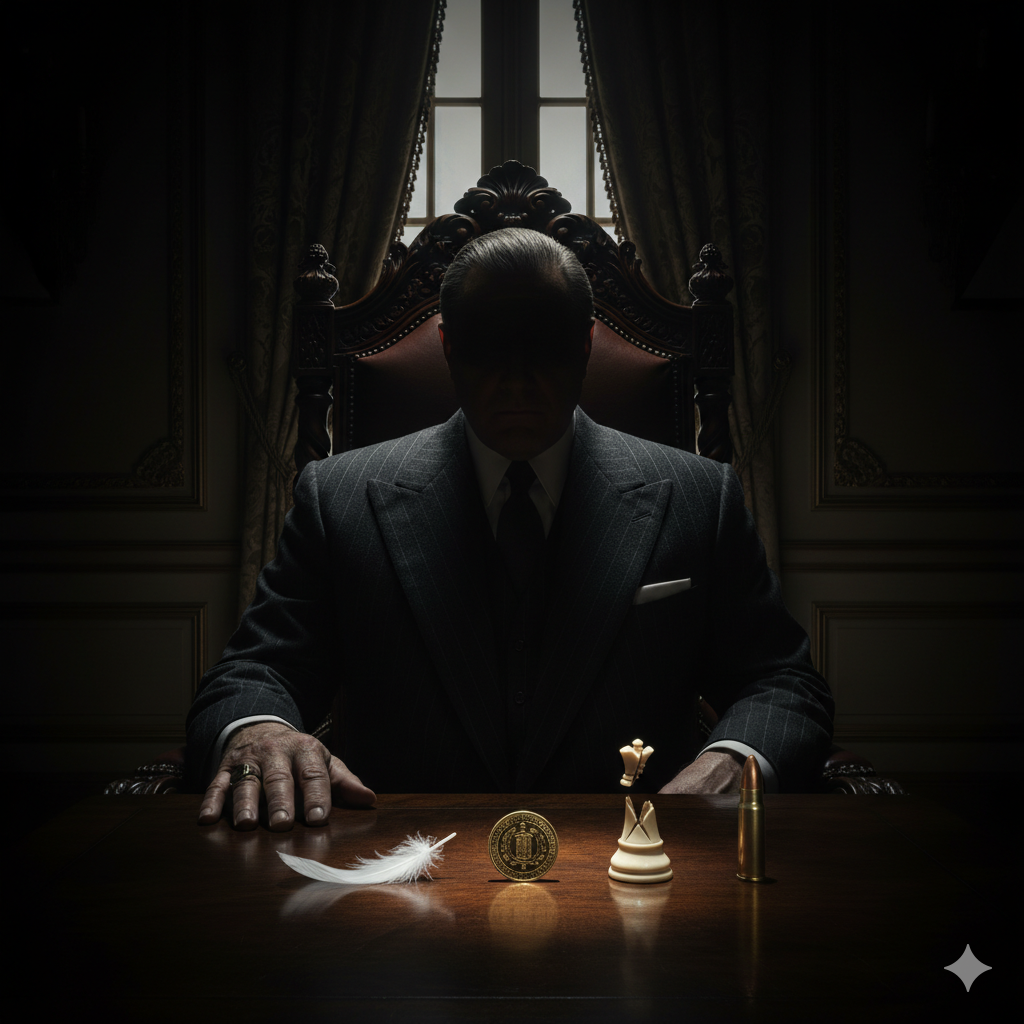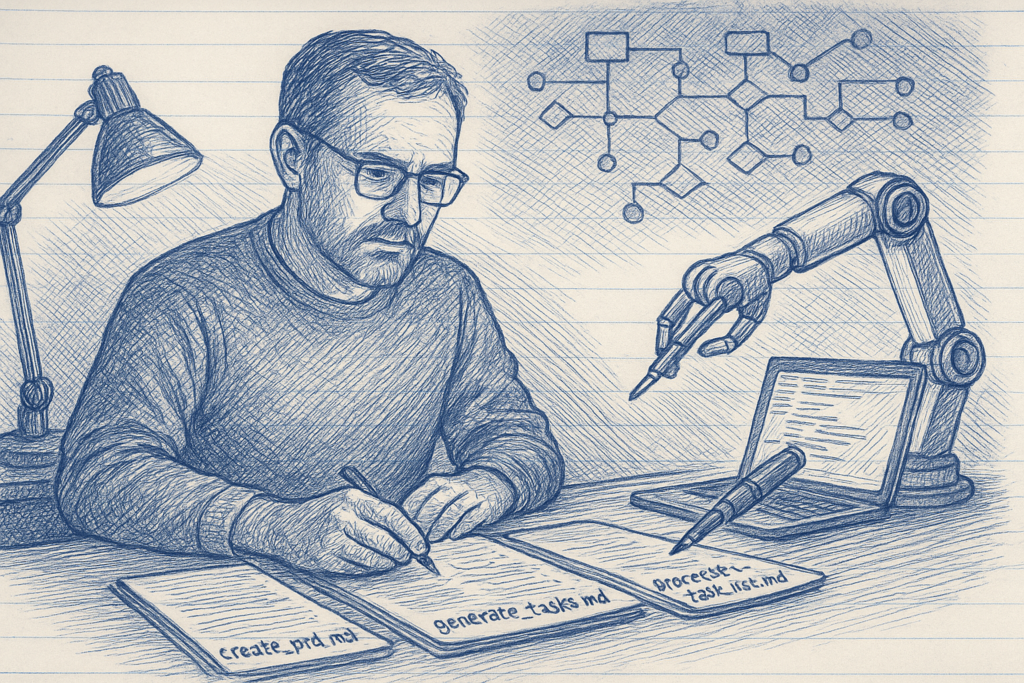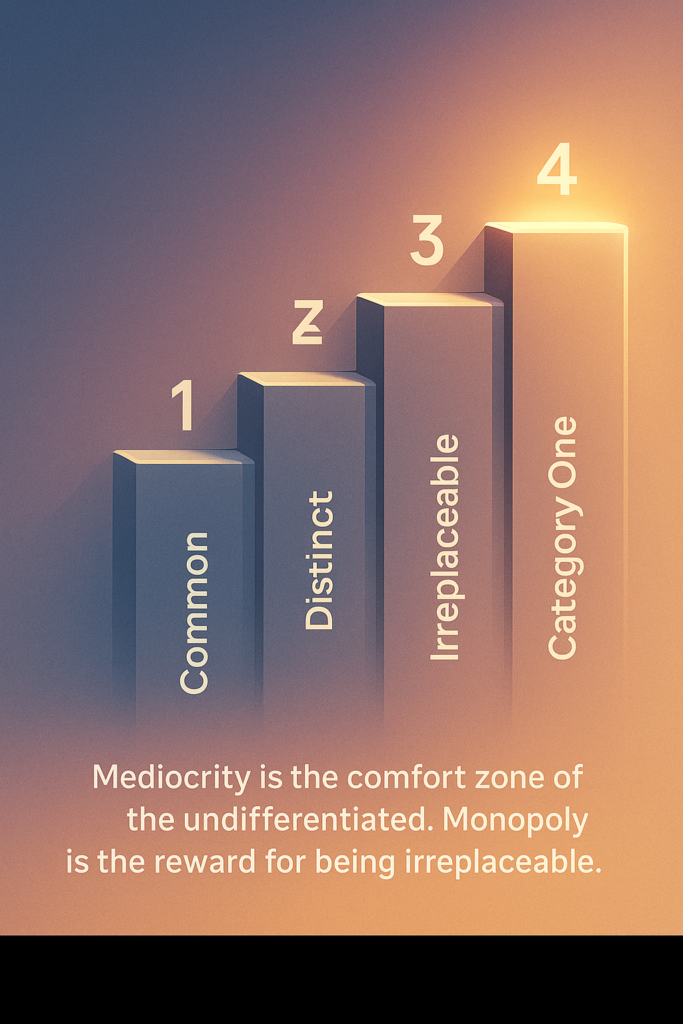
The age-old Indian strategic doctrine of Sama, Dana, Bheda, and Danda—the four-fold approach to achieving one’s objectives—finds a striking, albeit darker, parallel in the reasoning and methods of Mario Puzo’s iconic character, Don Vito Corleone, and his successor, Michael, in “The Godfather.” This ancient quartet of diplomatic and political maneuvering, originating from texts like Kautilya’s Arthashastra, outlines a sequential and calculated path to influence and control, a path the Corleone family navigates with chilling precision. Both philosophies fundamentally operate from a position of strength, where the availability of these four options is in itself a testament to power. The absence of these choices reveals a stark reality for those in weaker positions.
The Four Upayas: A Corleone Correlation
The four Upayas, or strategies, are traditionally employed in a successive manner, starting with the most peaceful and escalating to the most severe. The world of “The Godfather,” while brutal, is not devoid of this nuanced progression.
Sama (Conciliation and Persuasion): This is the art of gentle persuasion, reasoning, and diplomacy. Don Vito Corleone, contrary to the stereotypical image of a mob boss, often resorts to Sama as his initial approach. He is a man who prefers to “reason with people” and believes that “lawyers with their briefcases can steal more than a hundred men with guns.” His initial interactions with those who seek his help are often calm and deliberative. For instance, when the undertaker Amerigo Bonasera comes to him seeking vengeance for the assault on his daughter, Vito doesn’t immediately resort to violence. Instead, he engages in a dialogue, albeit one that subtly asserts his power and Bonasera’s lack of respect in the past. He persuades Bonasera to accept his form of justice, thereby indebting him to the Corleone family. Similarly, his dealings with the other Mafia families are often marked by attempts at negotiation and finding mutually beneficial arrangements, as seen in the initial discussions about the narcotics trade.
Dana (Gifts and Concessions): When persuasion alone is insufficient, the offer of a gift, a bribe, or a concession comes into play. In the Corleone’s world, this is the classic “offer he can’t refuse.” This isn’t just a threat; it’s often a transaction that benefits the other party, at least on the surface. When Don Corleone wants Johnny Fontane to get the lead role in a movie, his consigliere, Tom Hagen, is first sent to the studio head, Jack Woltz, with offers of friendship and solutions to his union problems. This is an attempt at a mutually beneficial arrangement. The “gift” is the Corleone family’s powerful assistance. The refusal of this “gift” then leads to a more forceful approach. The very act of doing “favors” for people is a form of Dana, creating a web of obligations that strengthens the Don’s power.
Bheda (Creating Division and Dissension): This strategy involves sowing discord and creating rifts among opponents to weaken them from within. The intricate power plays and betrayals within the Five Families of New York are a testament to the effective use of Bheda. After the attempt on his father’s life, Michael Corleone masterfully employs this tactic. He identifies the traitors within his own family and among the rival families. The famous baptism scene, where Michael orchestrates the simultaneous assassination of the heads of the other families while he stands as godfather to his nephew, is the ultimate act of Bheda. He exploits their moments of vulnerability and their internal conflicts to eliminate them all in one swift move. This also includes turning rival factions against each other, a classic maneuver to maintain dominance.
Danda (Force and Punishment): The final and most extreme measure is the use of force, punishment, and violence. This is the option of last resort when all other methods have failed. The Corleone family, despite their preference for more subtle tactics, never shies away from Danda when necessary. The horse’s head in Jack Woltz’s bed is a terrifying application of Danda after Dana was rejected. The murders of Virgil “The Turk” Sollozzo and the corrupt police captain McCluskey by Michael are acts of Danda to protect the family’s interests when negotiations and appeals to reason have failed. The ultimate message is that the Corleone family has the capacity and the will to inflict severe punishment on those who stand in their way.
The Foundation of Strength and the Peril of Limited Options
The ability to sequentially employ Sama, Dana, Bheda, and Danda is a clear indication of a position of strength. Having these four options at hand means possessing the resources, intelligence, and power to choose the most appropriate and effective means to an end. Don Corleone’s influence is built on a foundation of wealth, political connections, and a loyal army of capos and soldiers. This allows him the luxury of starting with diplomacy and escalating only when necessary. His power is what makes his “reasonable” arguments persuasive and his “gifts” enticing.
Conversely, a lack of these options signifies weakness. A ruler in ancient India who could not offer concessions (Dana) or did not have the intelligence network to create division (Bheda) would be at a significant disadvantage. Their only recourse might be premature and potentially disastrous conflict (Danda), or complete submission.
In the world of “The Godfather,” weakness is a death sentence. Characters who lack the foresight, the strength, or the options to navigate the treacherous landscape are quickly eliminated. Sonny Corleone, despite his loyalty and passion, is too impulsive and lacks the strategic patience to effectively use the four Upayas. His public outburst of anger at Sollozzo is a sign of weakness that is later exploited. Fredo Corleone’s weakness and lack of intelligence make him a liability, ultimately leading to his tragic end.
When the Corleone family is in a position of perceived weakness, such as after the assassination attempt on Vito, their options become limited. They are forced to rely more heavily on Bheda and Danda to survive and re-establish their dominance. Michael’s swift and brutal actions are a direct response to the family’s vulnerability.
In conclusion, the strategic philosophy of Sama, Dana, Bheda, and Danda provides a compelling framework for understanding the methodical and calculated approach to power employed by Mario Puzo’s Godfather. The Corleone family’s success is not merely a product of brute force, but of a sophisticated understanding of human nature and the strategic application of a range of tactics, from peaceful negotiation to ruthless violence. This approach, however, is a luxury afforded by a position of immense strength. For those without the power to choose their means, the world is a far more dangerous and limited place, a reality that both the ancient strategists and the modern dons understood all too well.


